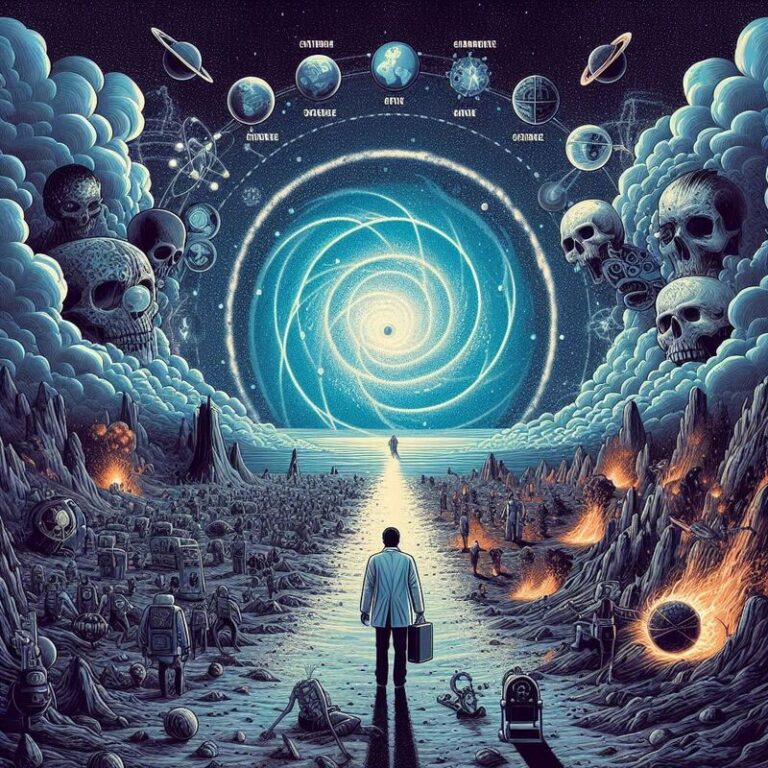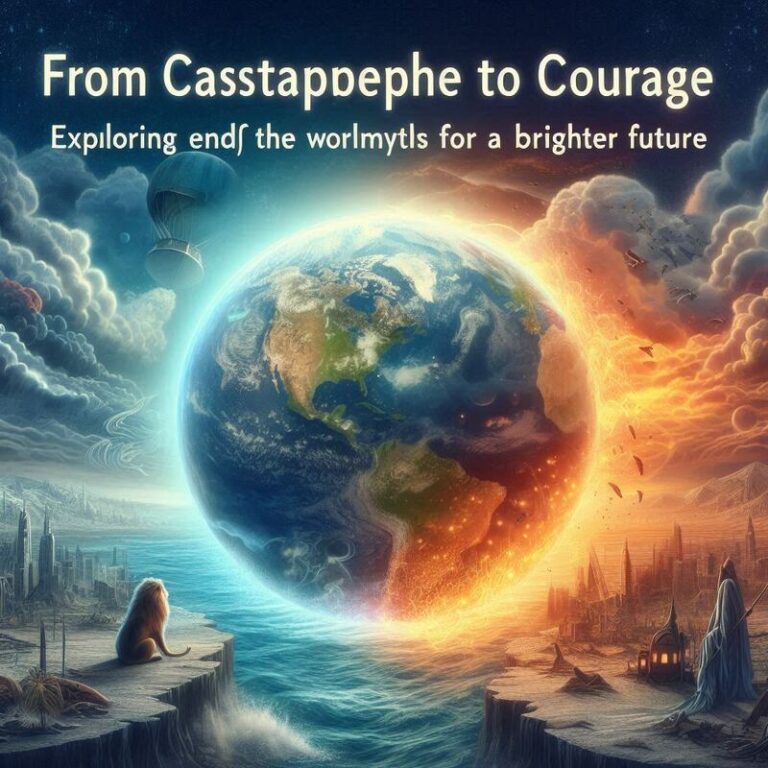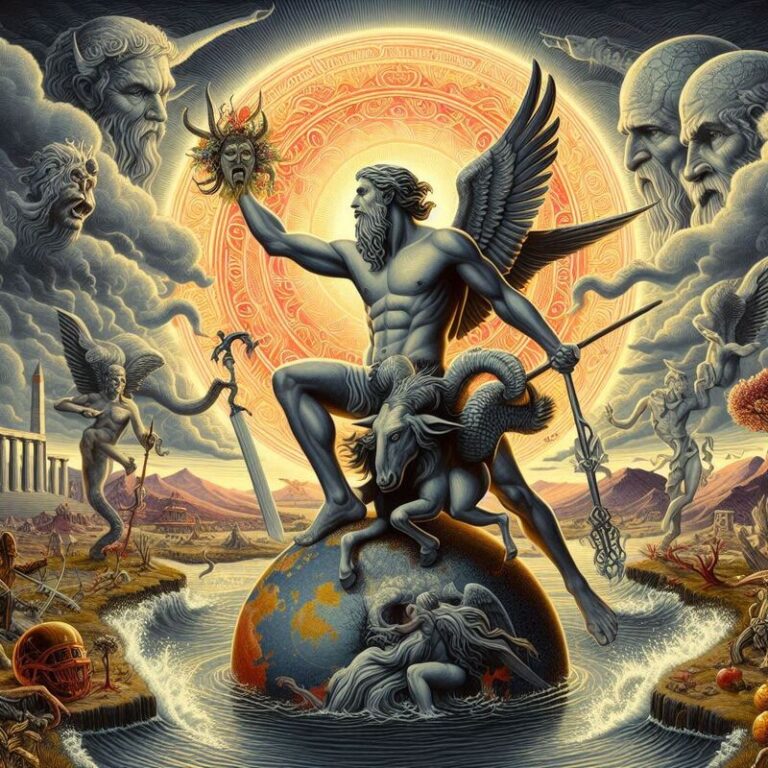Doomsday Chronicles
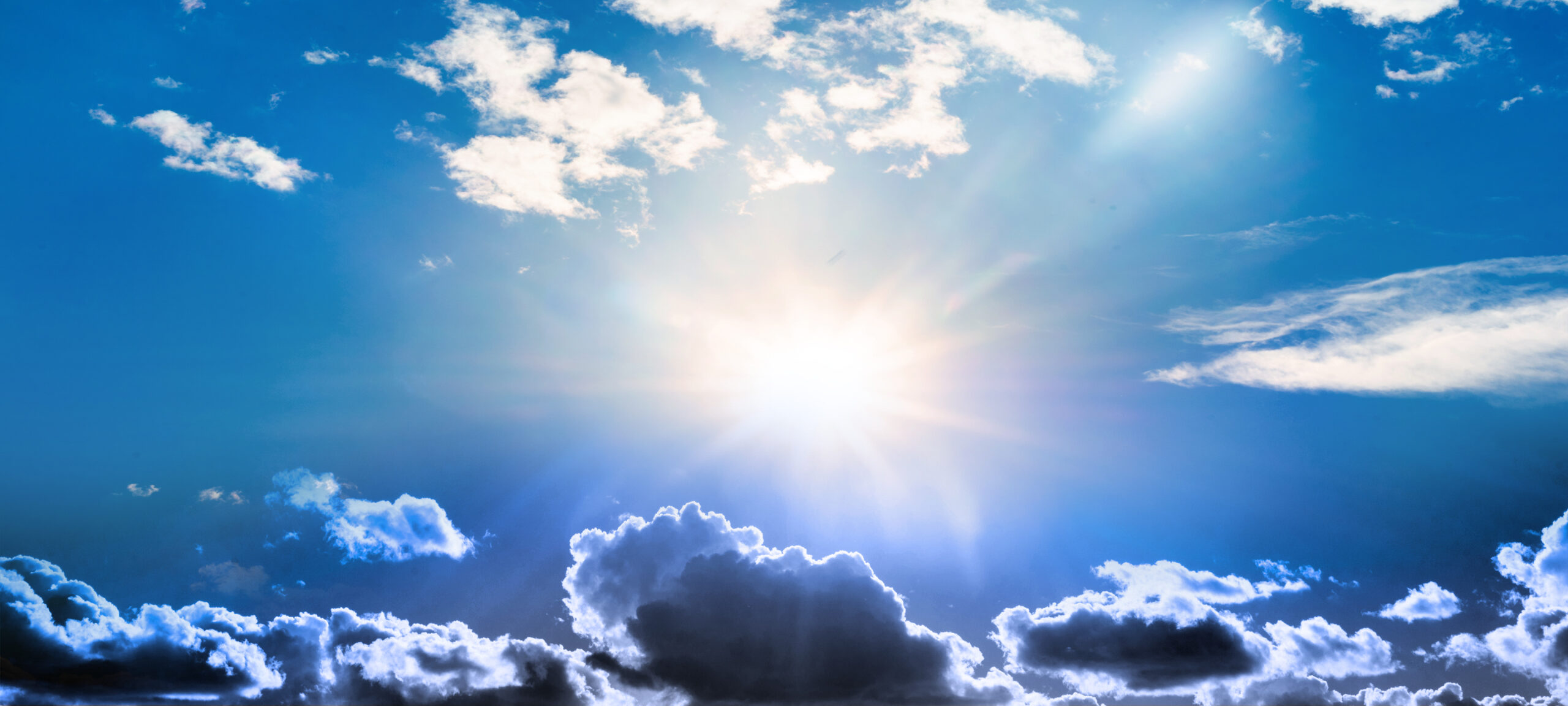
Doomsday Chronicles
Doomsday Chronicles: Unraveling End of the World Myths from Around the Globe
The end of the world is a concept that has fascinated humanity for millennia. Across cultures and civilizations, people have created elaborate myths and stories about how the world will meet its demise. These myths are not only captivating but also provide insight into the values, fears, and hopes of different societies. This article delves into some of the most intriguing end-of-the-world myths from various cultures, exploring their origins, themes, and the lessons they impart.
Norse Mythology: Ragnarök
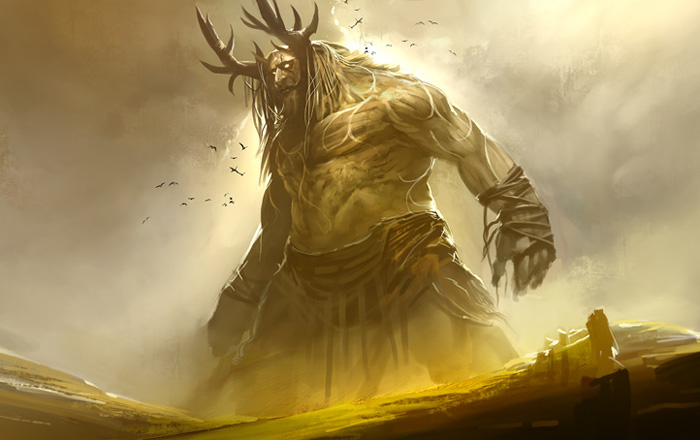
In Norse mythology, Ragnarök represents the ultimate destruction of the cosmos and the gods. The term means “Fate of the Gods,” and it is a series of events, including a great battle, natural disasters, and the submersion of the world in water. According to the myth, Ragnarök begins with a severe winter called Fimbulwinter, lasting three years with no summer in between. This winter leads to societal collapse and conflict.
The gods, including Odin, Thor, and Loki, engage in a final battle against the giants and other monstrous beings. Thor fights the Midgard Serpent, Jörmungandr, and they kill each other. Similarly, Odin is devoured by the wolf Fenrir, who is then killed by Odin’s son, Vidar. Eventually, the world is consumed by fire and water, only to be reborn anew. Two human survivors, Lif and Lifthrasir, repopulate the Earth. Ragnarök emphasizes themes of cyclical destruction and rebirth, highlighting the resilience and continuity of life. Doomsday Chronicles
Hindu Mythology: Kali Yuga and the End of Time
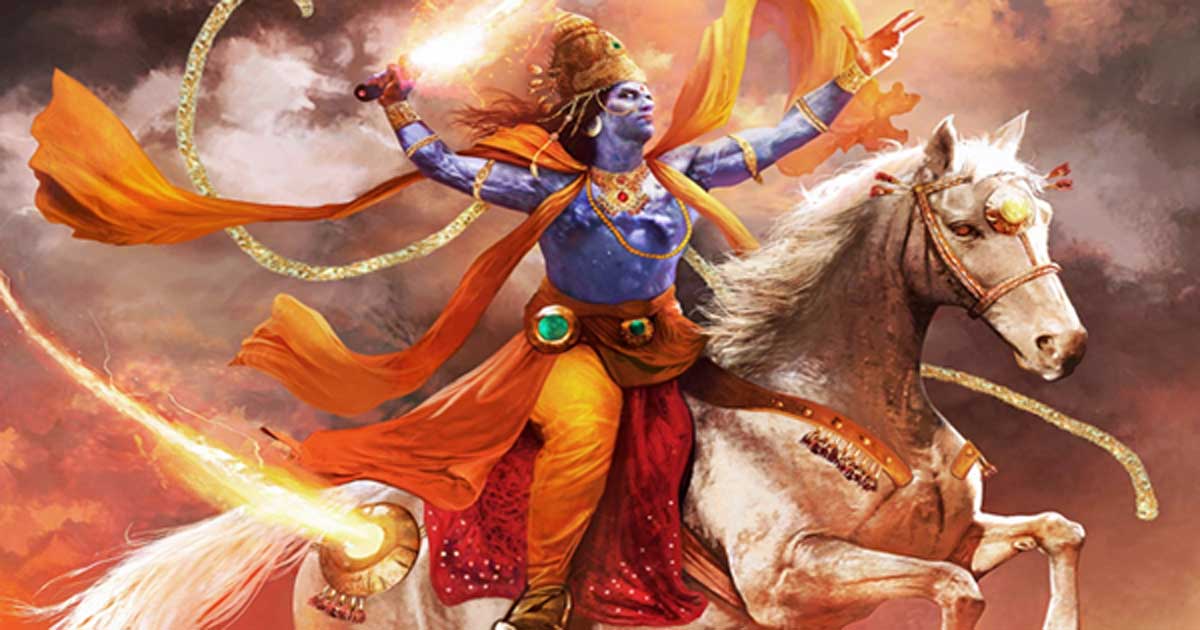
In Hinduism, time is divided into four ages, or Yugas: Satya Yuga, Treta Yuga, Dvapara Yuga, and Kali Yuga. We are currently in the Kali Yuga, the age of darkness and moral decline. This period is characterized by the deterioration of dharma (righteousness), where deceit, greed, and conflict are prevalent. The end of Kali Yuga is prophesied to bring about the destruction of the world.
According to the myth, the end will be marked by the arrival of Kalki, the tenth and final avatar of Vishnu. Kalki, riding a white horse and wielding a sword, will vanquish the forces of evil, restoring dharma and ushering in a new golden age, or Satya Yuga. This cyclical view of time and the concept of divine intervention reflect the Hindu belief in cosmic balance and renewal. Doomsday Chronicles
Mayan Mythology: The 2012 Phenomenon
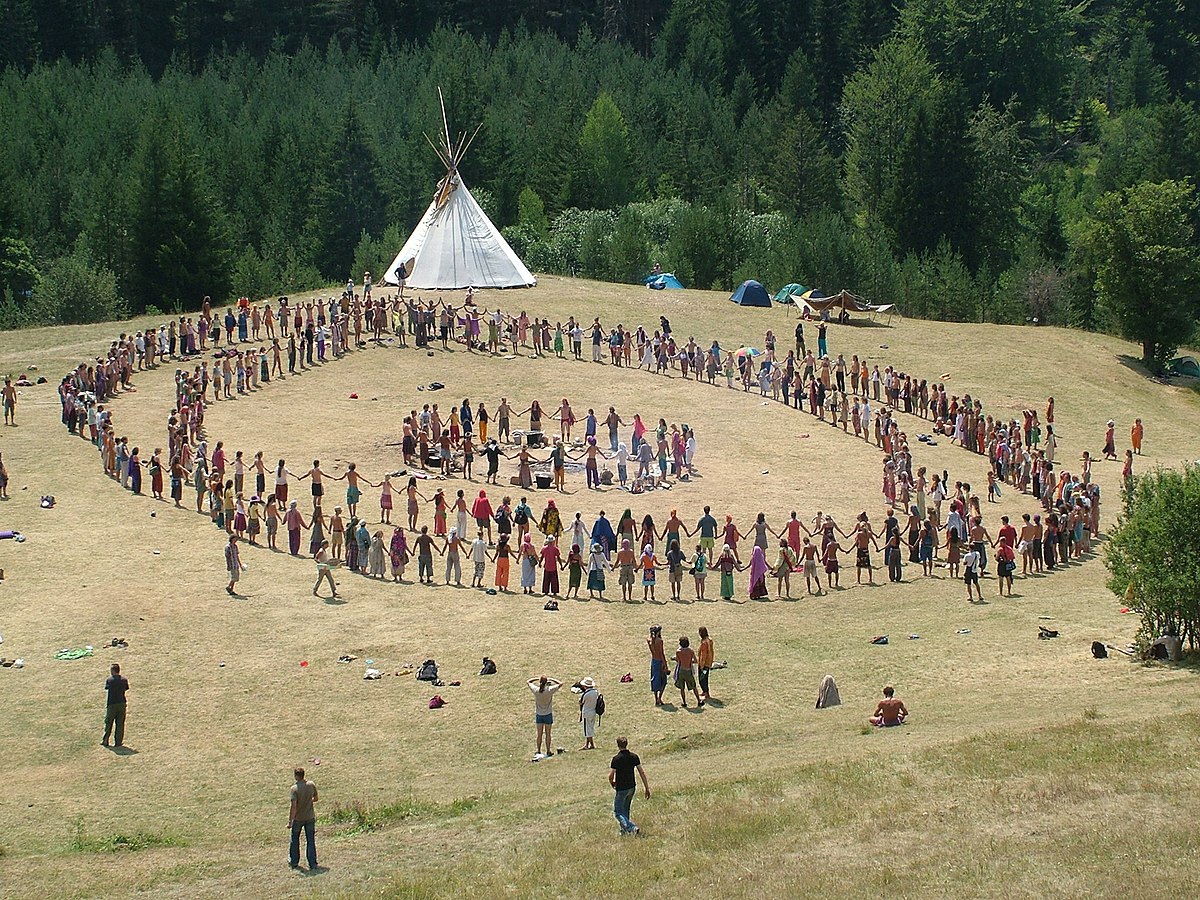
The ancient Maya civilization of Central America had a complex understanding of time, encapsulated in their calendar systems. The Long Count calendar, which spans approximately 5,125 years, ended on December 21, 2012. This date led to widespread speculation and anxiety about a potential apocalypse, often referred to as the 2012 phenomenon.
Contrary to popular belief, the Maya did not predict the end of the world on this date. Instead, they saw it as the end of a cycle and the beginning of a new one. The completion of the Long Count calendar was a time for renewal and transformation rather than destruction. Modern interpretations have sensationalized this myth, overshadowing its original meaning of cyclical time and cosmic order. Doomsday Chronicles
Christian Eschatology: The Book of Revelation
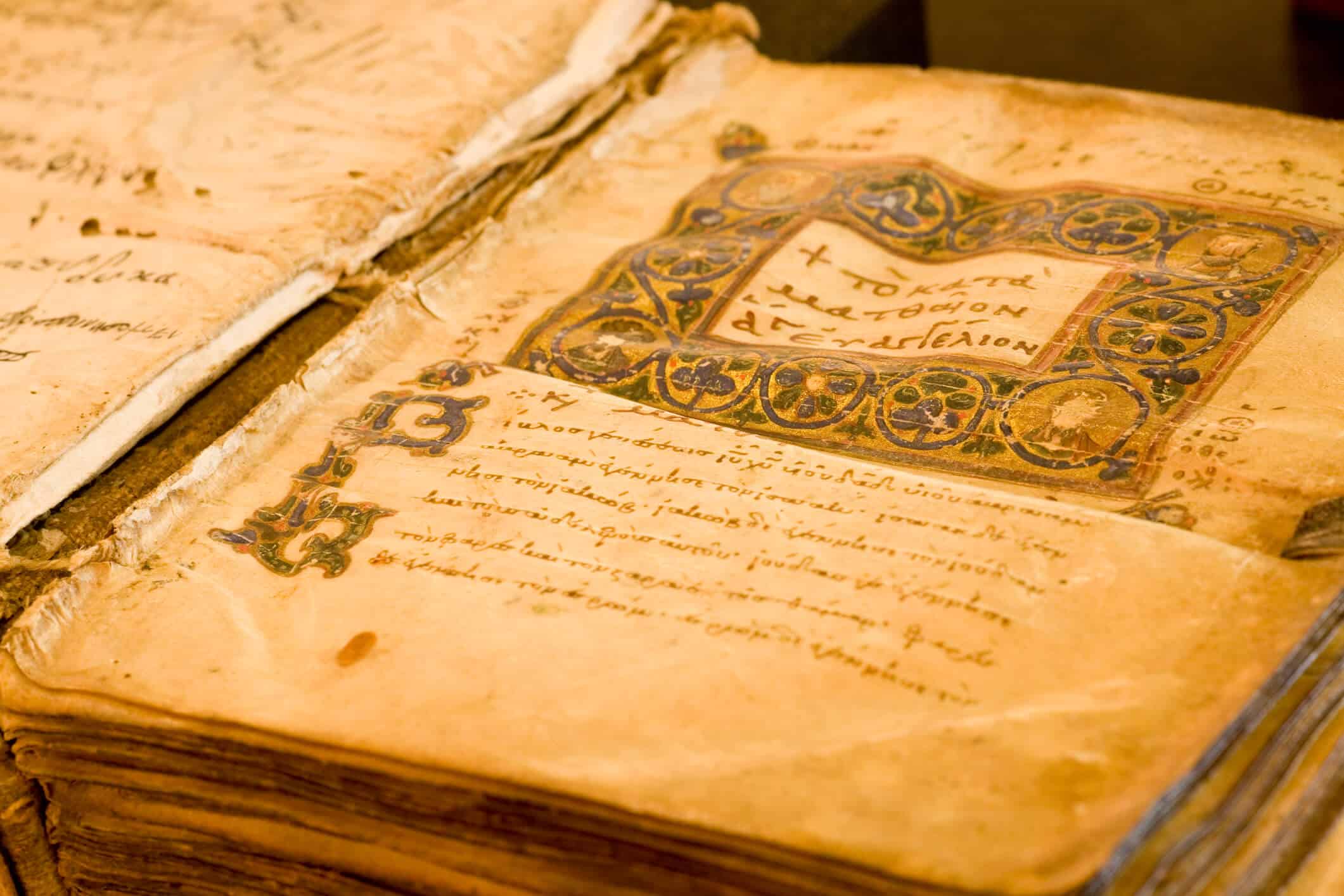
The Book of Revelation in the New Testament presents a vivid and symbolic account of the end times. Written by John of Patmos, it describes a series of apocalyptic events leading to the final judgment and the establishment of a new heaven and new Earth. Key events include the rise of the Antichrist, the Great Tribulation, and the Battle of Armageddon.
Revelation is filled with dramatic imagery, such as the Four Horsemen of the Apocalypse, representing conquest, war, famine, and death. The book culminates with the defeat of Satan, the resurrection of the dead, and the eternal reign of God. This eschatological vision has profoundly influenced Western thought and art, emphasizing themes of divine justice, redemption, and the ultimate triumph of good over evil. Doomsday Chronicles
Hopi Prophecy: The Blue Star Kachina
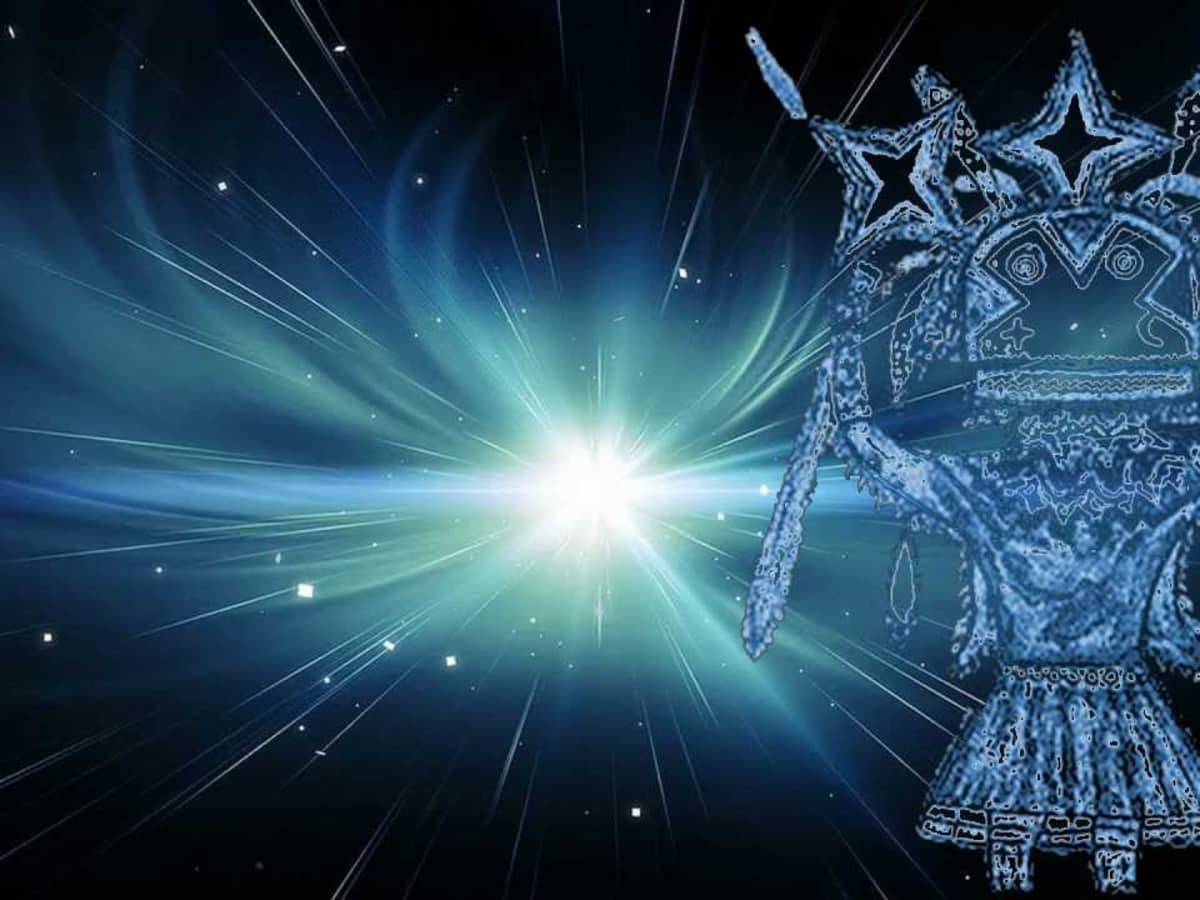
The Hopi, a Native American tribe in the southwestern United States, have a rich tradition of prophecy. One of their end-of-the-world myths involves the arrival of the Blue Star Kachina. According to the prophecy, the appearance of a blue star in the sky will signal the end of the Fourth World and the beginning of the Fifth World.
This transition will be marked by great upheaval and purification, including natural disasters and societal collapse. The Hopi believe that only those who live in harmony with nature and adhere to spiritual principles will survive and thrive in the new world. The Blue Star Kachina prophecy underscores the importance of spiritual integrity, ecological balance, and the cyclical nature of existence. Doomsday Chronicles
Islamic Eschatology: The Day of Judgment
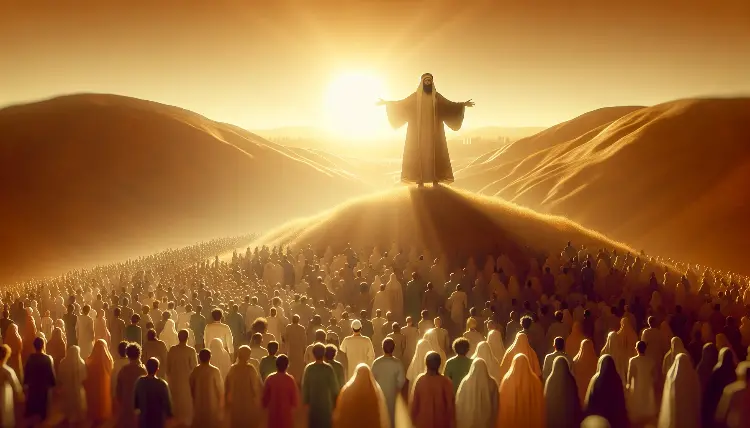
In Islamic eschatology, the Day of Judgment (Yawm al-Qiyāmah) is a central concept. According to Islamic tradition, the world will end with the sounding of a trumpet by the angel Israfil. This event will be followed by the resurrection of the dead and the final judgment by Allah.
Key signs of the approaching Day of Judgment include the appearance of the false messiah (Al-Masih ad-Dajjal), the return of Jesus (Isa), and the emergence of Gog and Magog (Yajuj and Majuj). After a period of great turmoil and suffering, the righteous will be rewarded with paradise, while the wicked will face eternal damnation. Islamic eschatology emphasizes accountability, moral conduct, and the ultimate justice of Allah. Doomsday Chronicles
Conclusion
End-of-the-world myths from around the globe reveal the rich tapestry of human imagination and the diverse ways in which cultures grapple with the concept of finality. Whether through cycles of destruction and rebirth, divine judgment, or cosmic renewal, these myths reflect fundamental human concerns about mortality, justice, and the continuity of life. By studying these doomsday chronicles, we gain insight into the collective psyche of humanity and our enduring quest to understand the ultimate fate of our world.
